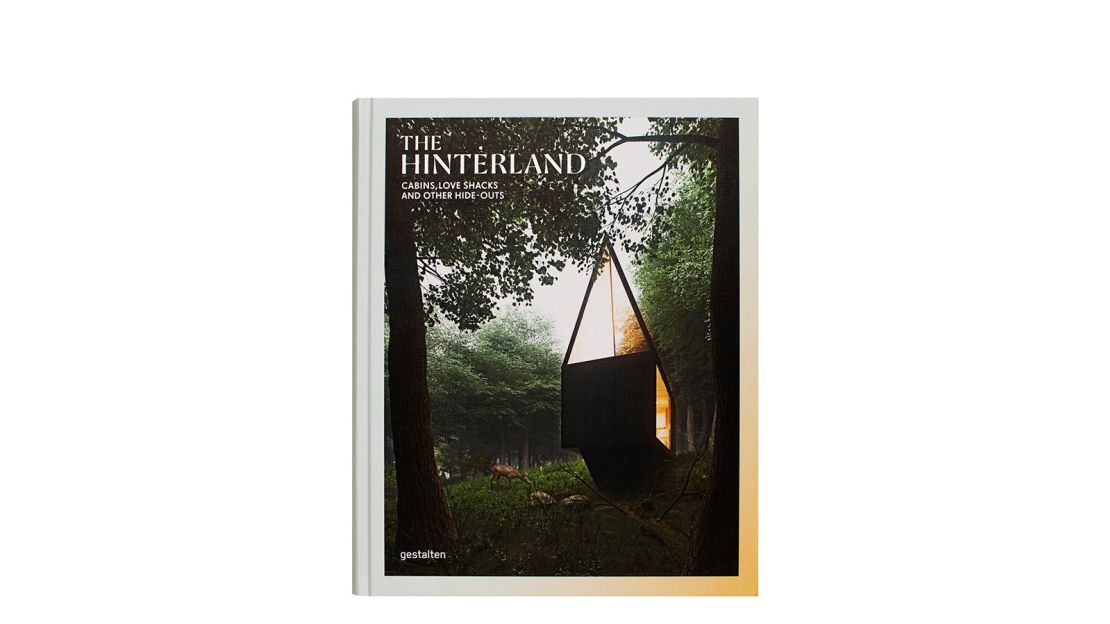Editor’s Note: This is an edited excerpt from architecture book “The Hinterland,” published by Gestalten.
Story highlights
As cities swell, many people are seeking out quiet, stylish spaces in the wild
A new architecture book, called The Hinterland, asks whether cities make us happy
A meadow or coastline spread out in front of you, a room full of simple furniture that means something to you, clear air, and not much else.
Isolation, yes; perhaps even loneliness, but fundamentally peace and quiet: a hideout in a hinterland offers a certain type of lifestyle that many around the world long for, and it’s not difficult to understand why.

To many, fleeing the countryside is a rejection of things; but to others it is an acquisition. A romantic one perhaps, but one that can bring stimulation, satisfaction, and sometimes even an income.
We know the numbers and we probably know the reasons behind them. Earth’s population has become a legion of city dwellers.
Half of the world now lives in urban areas, and that figure is expected to rise to 66% by 2050, when over 6 billion people will reside in dense, busy metropolises filled to the brim with high-rises.
They may be infested with pollution, but cities provide jobs and opportunities, culture and fun.
They are magnets.
But do cities make us happy? That is the question almost everyone featured in “The Hinterland” has asked themselves at some point.
As cities swell, as housing becomes increasingly unaffordable, as infrastructure weakens under the pressure, and, it seems, life becomes ever more difficult, it is no wonder that many of us have felt the call of the wild.
Text excerpt from Tom Morris’ preface from The Hinterland, Copyright Gestalten 2016










